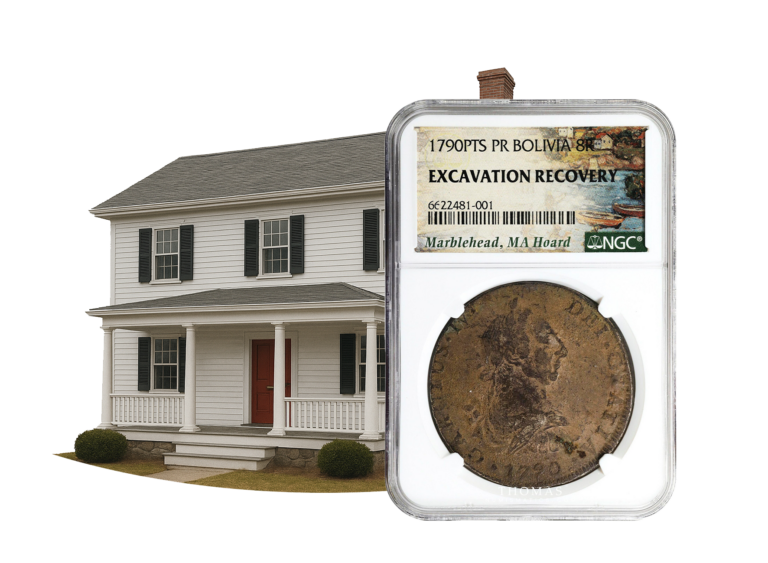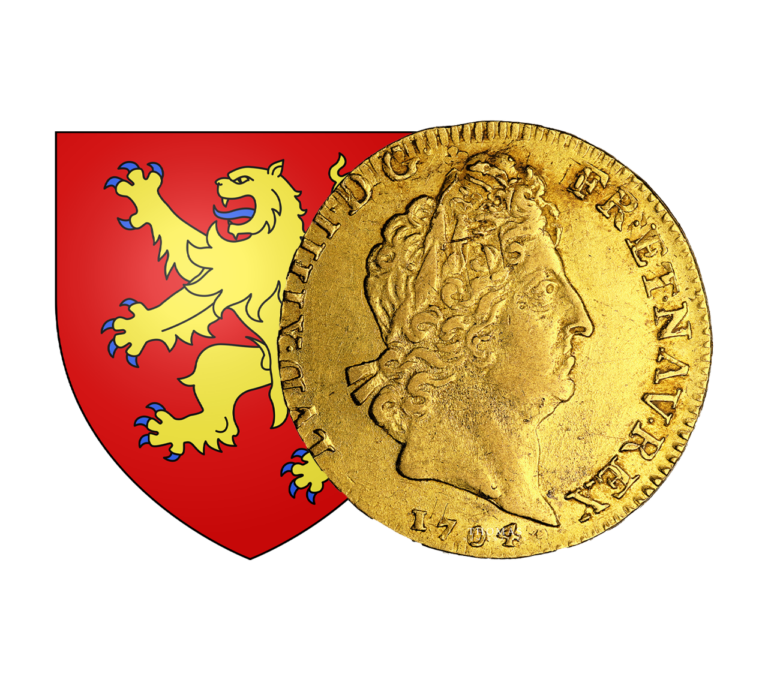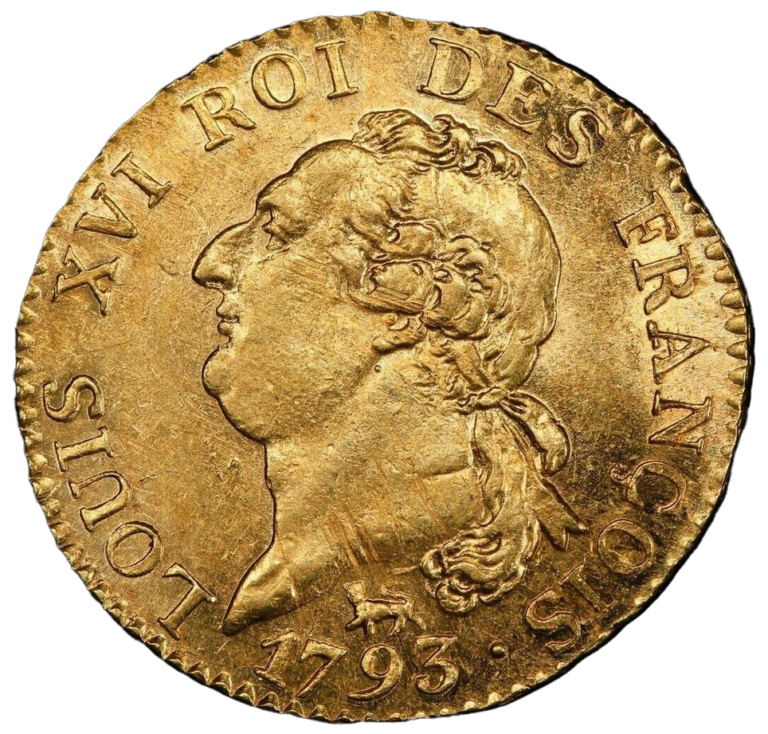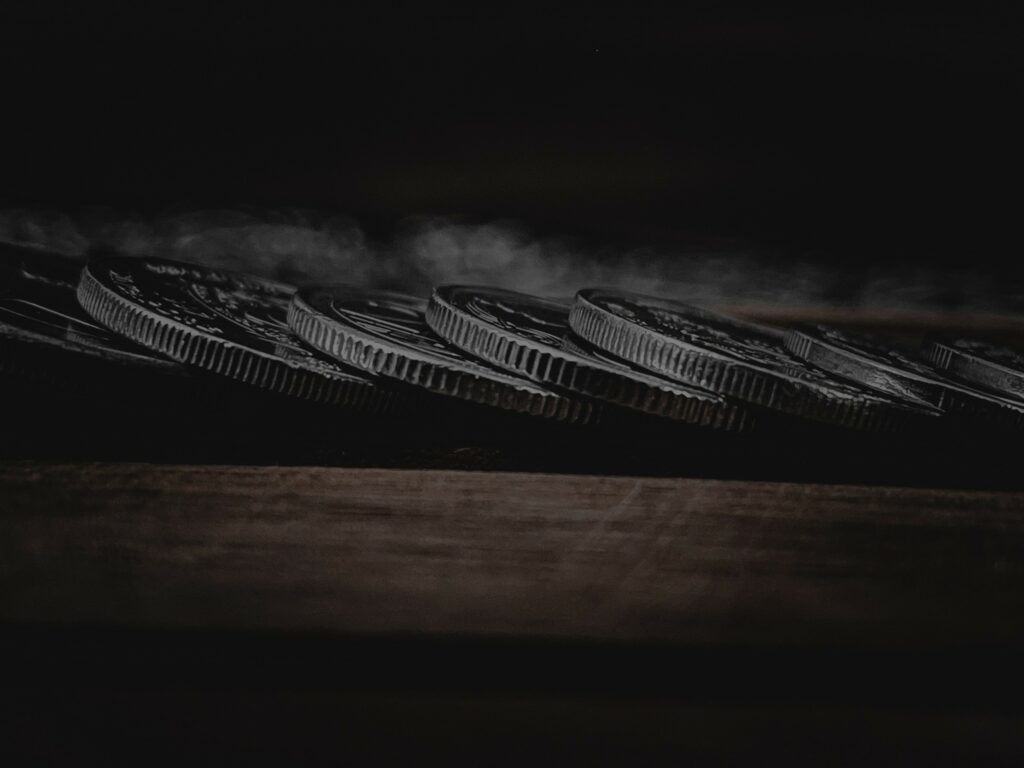
Discover all the news and articles from TNUMIS Magazine exclusively
Physical Bitcoin: a Collection?
In the complex and ever-changing world of cryptocurrencies, the concept of physical Bitcoin offers a unique perspective by combining the tangible characteristics of coins with the digital value of Bitcoin. Two notable examples in this area are the Casascius and Lealana coins, which have captured the interest of collectors and investors alike. Let’s delve into this fascinating world where blockchain technology meets numismatic tradition.
What is a bitcoin?
Definition of Bitcoin
Let’s start by understanding what Bitcoin is. It is a form of digital currency, operating on a decentralised network known as the blockchain. This digital unit of value can be exchanged electronically for goods and services.
Unlike traditional currencies issued by governments, Bitcoins are not controlled by a central authority such as a national bank. Instead, transactions are verified by users of the network via a process called “mining”, which also secures the network against fraud and attacks.
What about physical Bitcoin?
Physical Bitcoins, on the other hand, are objects such as coins or tokens, whose value is digital. In other words, they carry a private key that can be used to identify the quantity of Bitcoins they contain.
In practice, a QR code or a series of alphanumeric characters are printed on a piece of paper, metal or plastic. This physical object is designed to be strong and secure, so that only the holder can break the seal and access the digital Bitcoin.
Physical Bitcoins combine virtual value with an artistic and material dimension, making them highly prized by collectors.They therefore have a dual value: that of the digital Bitcoin they represent and their value as collectors’ items. The latter can far exceed the real value of the Bitcoin because of their rarity, the materials used (some are gold or silver) and their historical importance.
In short, physical Bitcoin is a tangible collector’s item with a real value that requires physical surveillance. For all these reasons, it may be of interest to numismatists with a penchant for collecting.
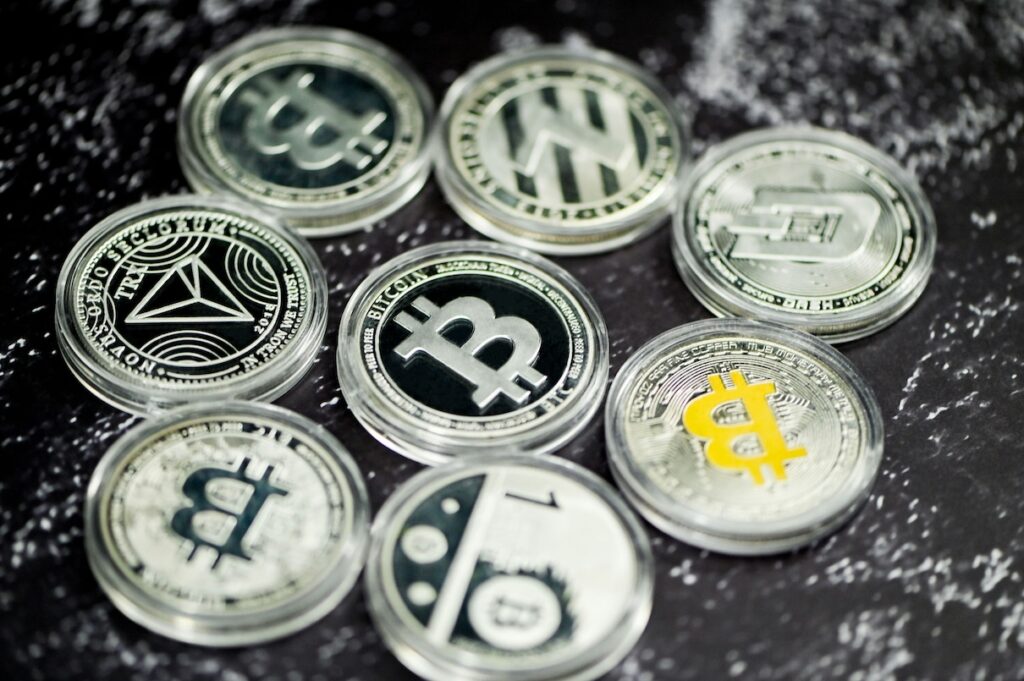
Casascius: the pioneer of physical Bitcoin
Casascius coins, created by Mike Caldwell, marked the beginnings of physical Bitcoin in 2011. However, their production stopped very quickly. Indeed, in 2013, the Financial Crimes Enforcement Network (FinCEN), a service of the Treasury Department banned the issuance of these physical Bitcoins due to regulatory obstacles.
Caldwell still had time to produce just under 28,000 of them. These objects, which resemble traditional coins or bars, incorporate a hologram on the face of the coin containing the Bitcoin’s private key. The Casascius manager had created different series ranging from brass denominations of 0.5 and 1 BTC to a precious gold-plated ingot of 1,000 BTC.
This sudden halt obviously helped to increase their value among collectors, as they became rarer and genuine collector’s items. Their value has become much higher than the face value of the BTC. For example, a silver Casascius physical bitcoin loaded with 0.1 BTC from 2013 can sell for $20,000.
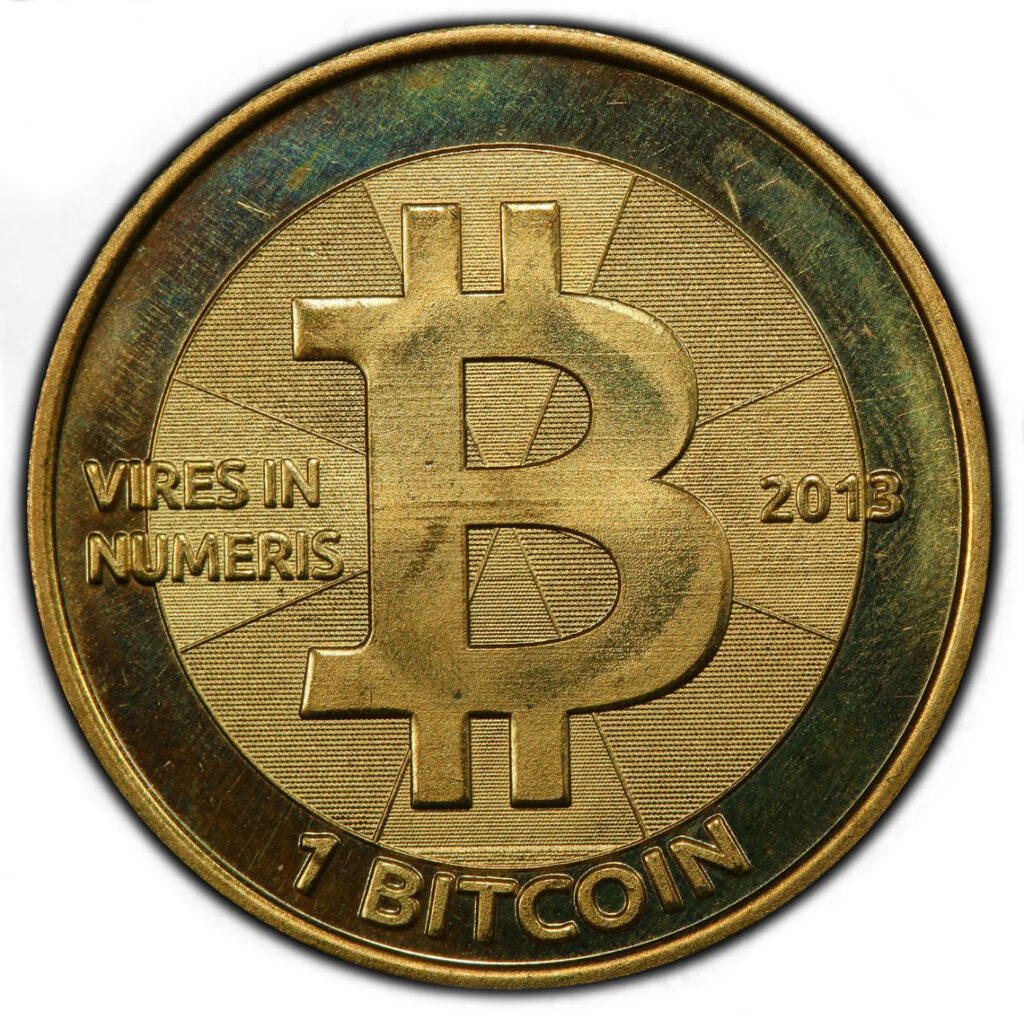
sold 69 000 USD – 2022
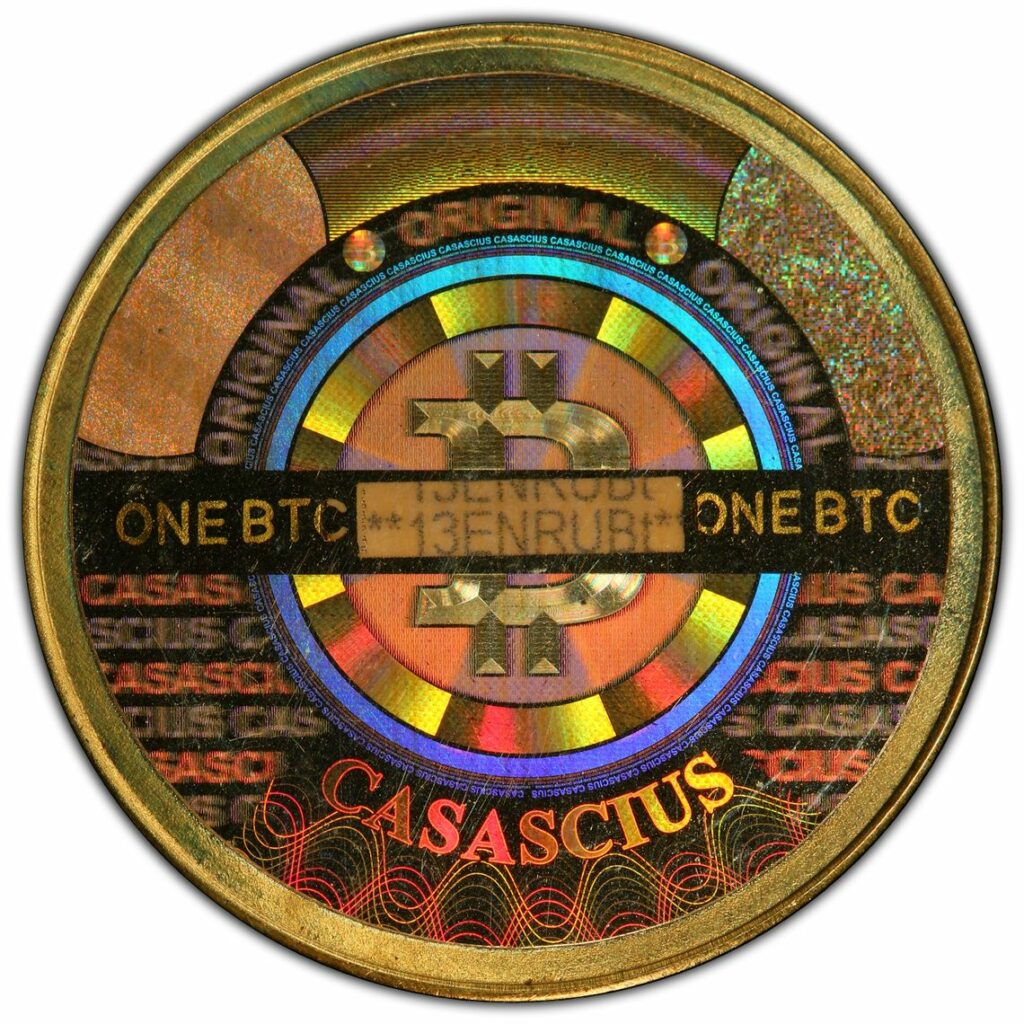
Other Bitcoins
Other companies, such as Lealana, have also explored the concept of physical Bitcoin. Lealana entered the market in 2013, creating stronger gold and silver coins to increase their lifespan.
Like Casascius, each coin comes with a holographic label containing a private key, ensuring the security of funds while offering an aesthetically appealing presentation. These limited-edition pieces have become sought-after collectors’ items for their combination of art and technology.
Other companies subsequently tried their hand at physical Bitcoin, albeit more cautiously. Bitcoin Titan, Alitin Mint and Antana, for example, opted for approaches based on the importance of aesthetics, producing objets d’art or commemorative coins.
This infatuation with physical Bitcoin waned with the crypto boom in 2017.
The security and value debate
Physical Bitcoin raises interesting questions about security and intrinsic value.
While some prefer to store their Bitcoins purely digitally for reasons of security and convenience, others see physical coins as a unique way of materialising value and passing it on. This duality is helping to enrich the dialogue around the nature and future of cryptocurrencies.
The rarity and composition of these coins have a considerable impact on their value. They fetch much higher prices than the digital BTC they protect. Given all these characteristics, these coins have become veritable collector’s items.
Ultimately, physical Bitcoin represents a bridge between the digital world of cryptocurrencies and the world of numismatics. Whether for their monetary value, their aesthetics or their place in the history of cryptocurrencies, these coins continue to attract attention and provoke enriching debates within the community of Bitcoin and numismatic enthusiasts.
Sources :
Le journal du coin
Skilling
Cryptopolitan
Plisio
